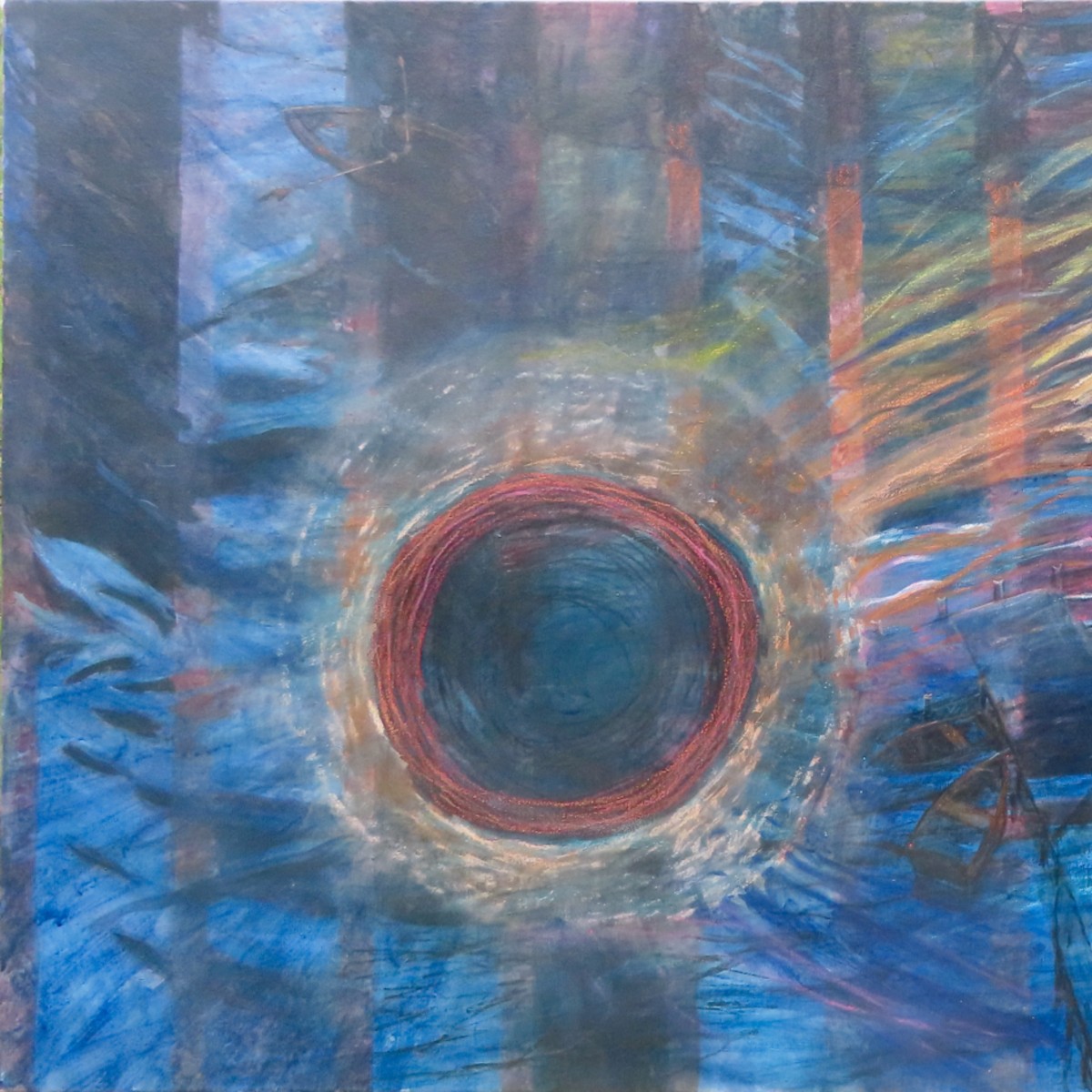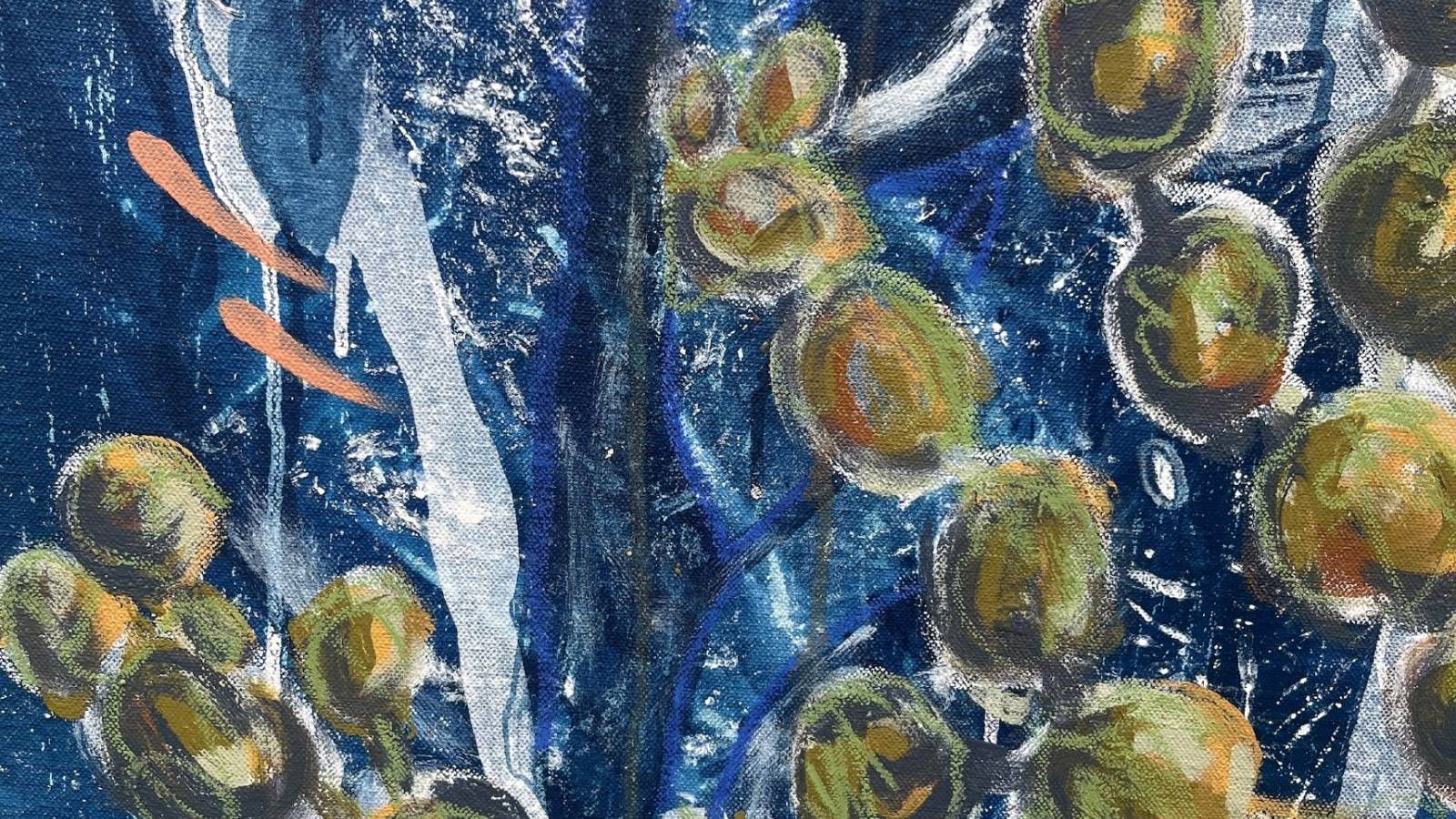What's Past is Prologue group profile
Inspired by Shakespeare’s The Tempest, the theme "What's past is present" suggests that everything preceding this moment has set the stage for what is yet to come.
Ten South Coast artists delve into personal, cultural, and historical narratives, exploring how memories, traditions, and inherited legacies intersect with evolving identities, environments, and social dynamics.
Catherine Speed
Catherine Speed was awarded a Diploma of Painting in 1974 after completing five years full time study at The Canberra School of Art and The National Art School in Darlinghurst, Sydney. She attained a Graduate Diploma of Education at Sydney University in 1976 and taught art in Sydney, Melbourne and Moruya.
She has participated in both solo and group shows since moving to the Eurobodalla Shire in 1984 and has held several open studio weekends in her home during that time. Catherine has been involved in both the River of Art and BAS exhibitions since their inceptions.
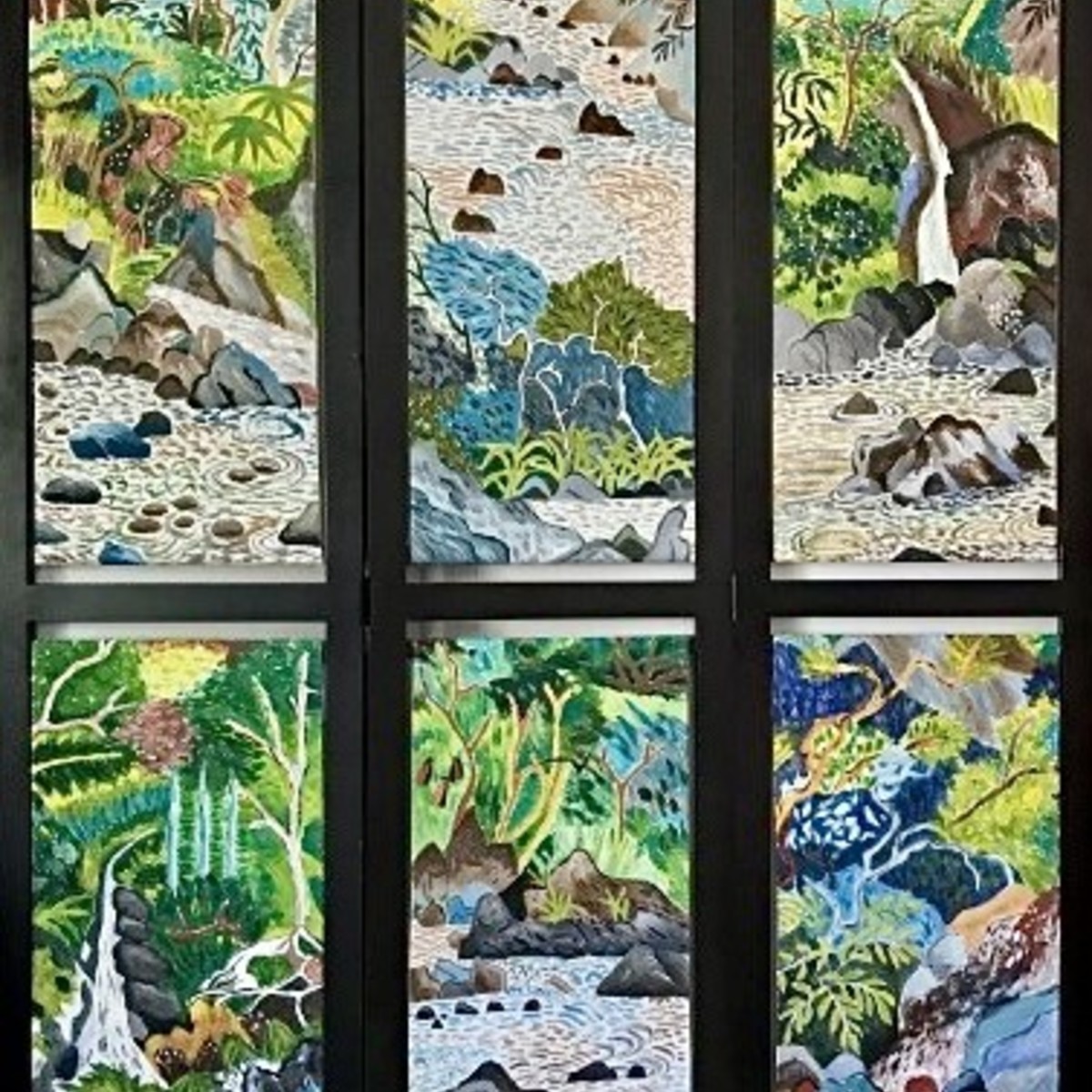
Corin Rossouw
Through layered textures and diffused imagery, Corin Rossouw's photographic work delves into the ephemeral nature of memory and experience. Fleeting moments, once vivid, become softened and reshaped by the passage of time, leaving behind imprints that emerge in unexpected ways. These echoes of the past subtly influence the present, intertwining with perception to form new narratives. Her work captures this fluidity - colours shift, recollections blur and resurface - mirroring the way memories distort and evolve. This creates a visual dialogue between what was, what remains, and what continues to transform within our collective and individual stories.
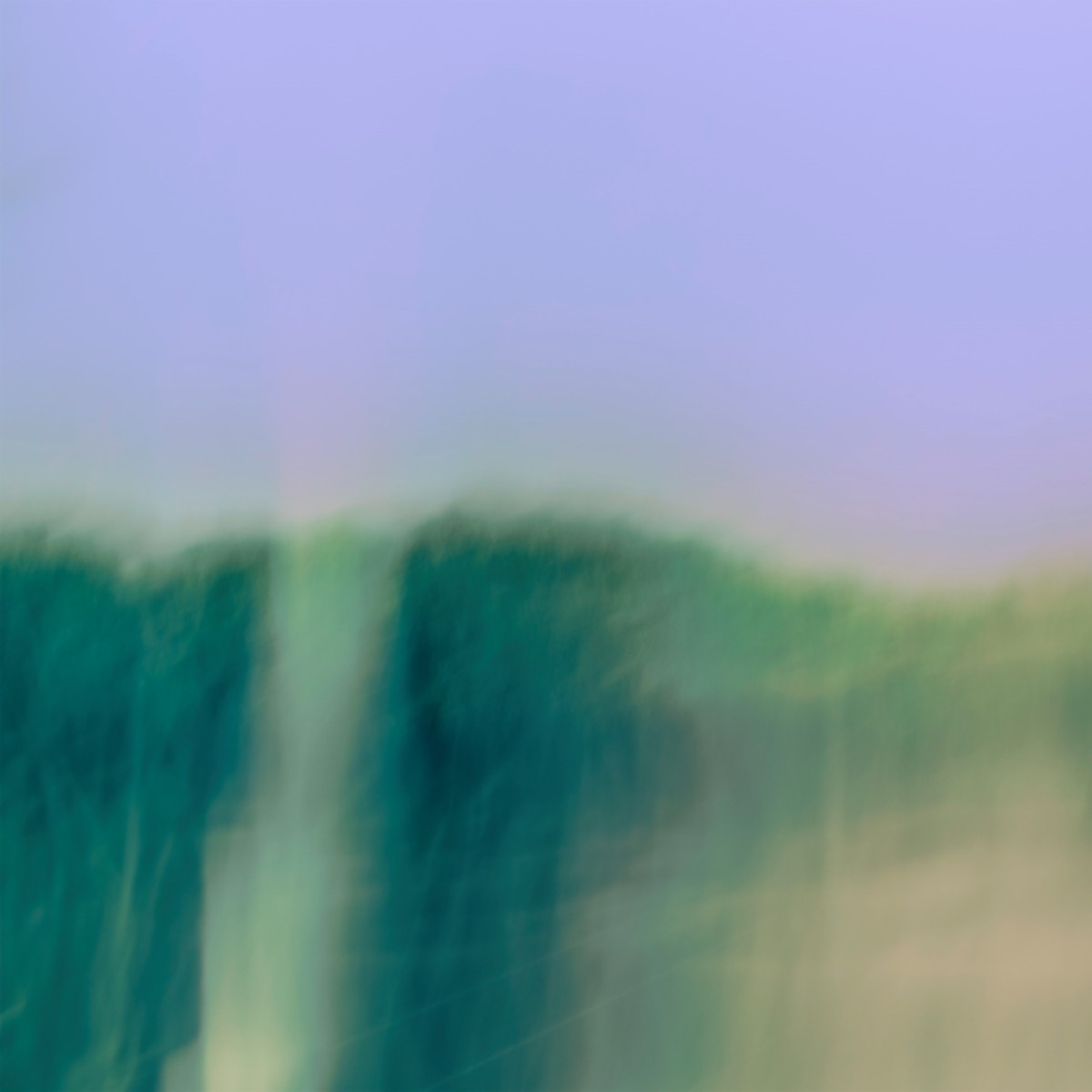
Daniel Allam
Daniel Allam's visual expression is shaped by the experience of living in Yuin Country. He attributes this unique environment to having transformed the way he conveys feelings of the sublime, beauty, awe and wonderment that drives his artistic practice.
Allam completed a Bachelor of Arts, Fine Art and Visual Culture at Curtin University, WA in 2018. During his studies, he had the opportunity to licence his work The Fisherman for educational purposes. While at university, Allam took part in a group show and a solo show.
Following graduation, he continued to showcase his work, holding two additional solo exhibitions and participating in a group show in Eurobodalla Shire.

Di Jay
Inspired by the idea of the past being reflected in the present, jewellery artisan Di Jay is submitting pieces emphasizing repetition and circularity - invoking notions of continuity, universality and wholeness. Jay's work draws on the natural and built environment, juxtaposing organic and geometric forms to evoke memories, feelings or places. Through wearable art, she expresses abstract ideas, rearranging fragments of landscapes and structures to create pieces that resonate with the viewer on a personal level.
Jay has recently returned from studies at Alchimia Contemporary Jewellery School, Florence Italy and exhibiting in Alchimia Vitrine, December 2023.
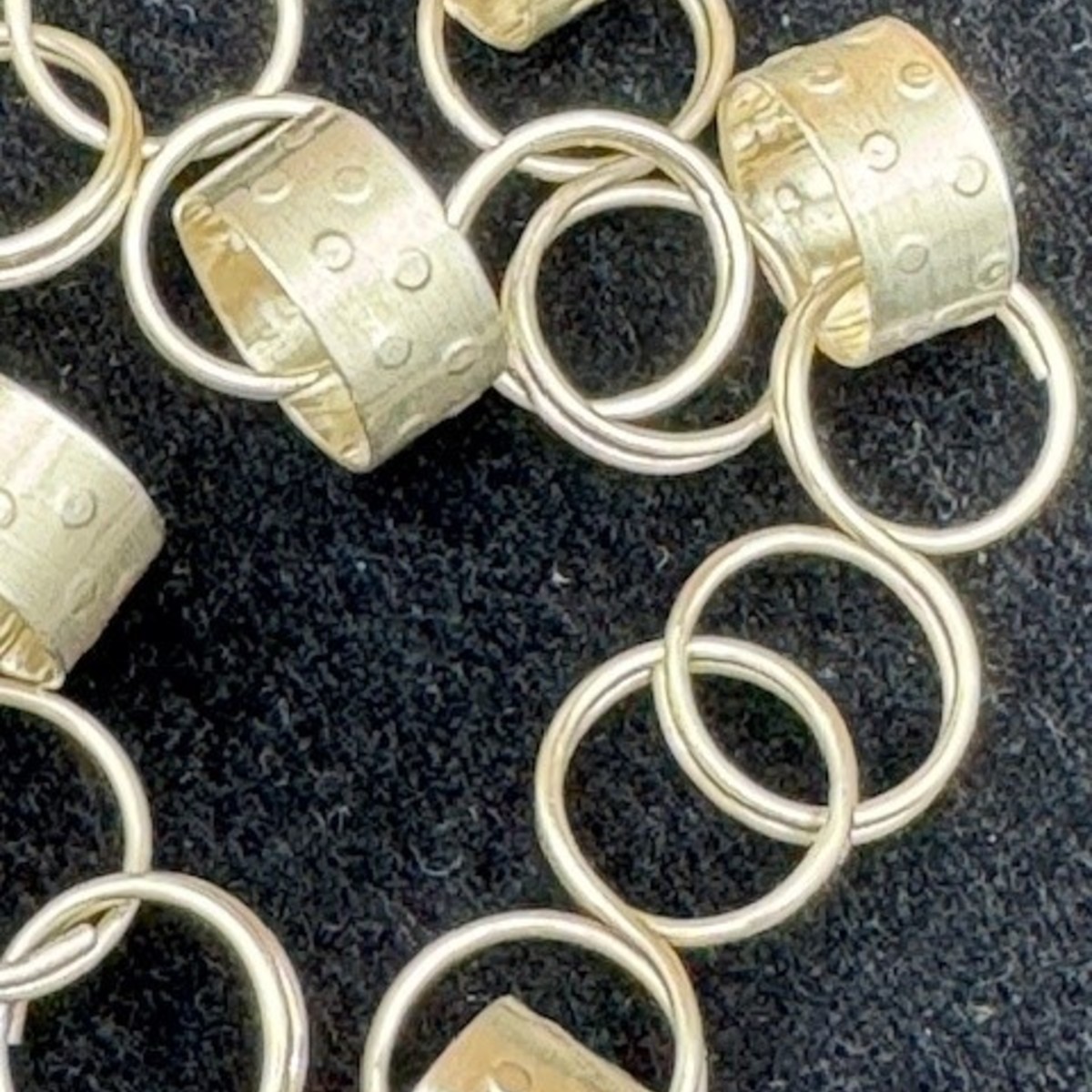
Fiona Ryan
Fiona Ryan, a National Art School graduate, engages deeply with landscape painting in Australian contemporary art. Her plein air practice captures the essence of the immediate landscape, while her studio work, created from memory, serves as an emotional anchor.
Ryan's paintings are a responsive process, reflecting thoughts and ideas more reflectively in the studio. She views landscapes as holding multiple histories and narratives, working intuitively to capture moments of light and time. Her abstracted landscapes, built with broken marks and scumbles, reflect the shifting and transforming nature of memories and feelings over time.
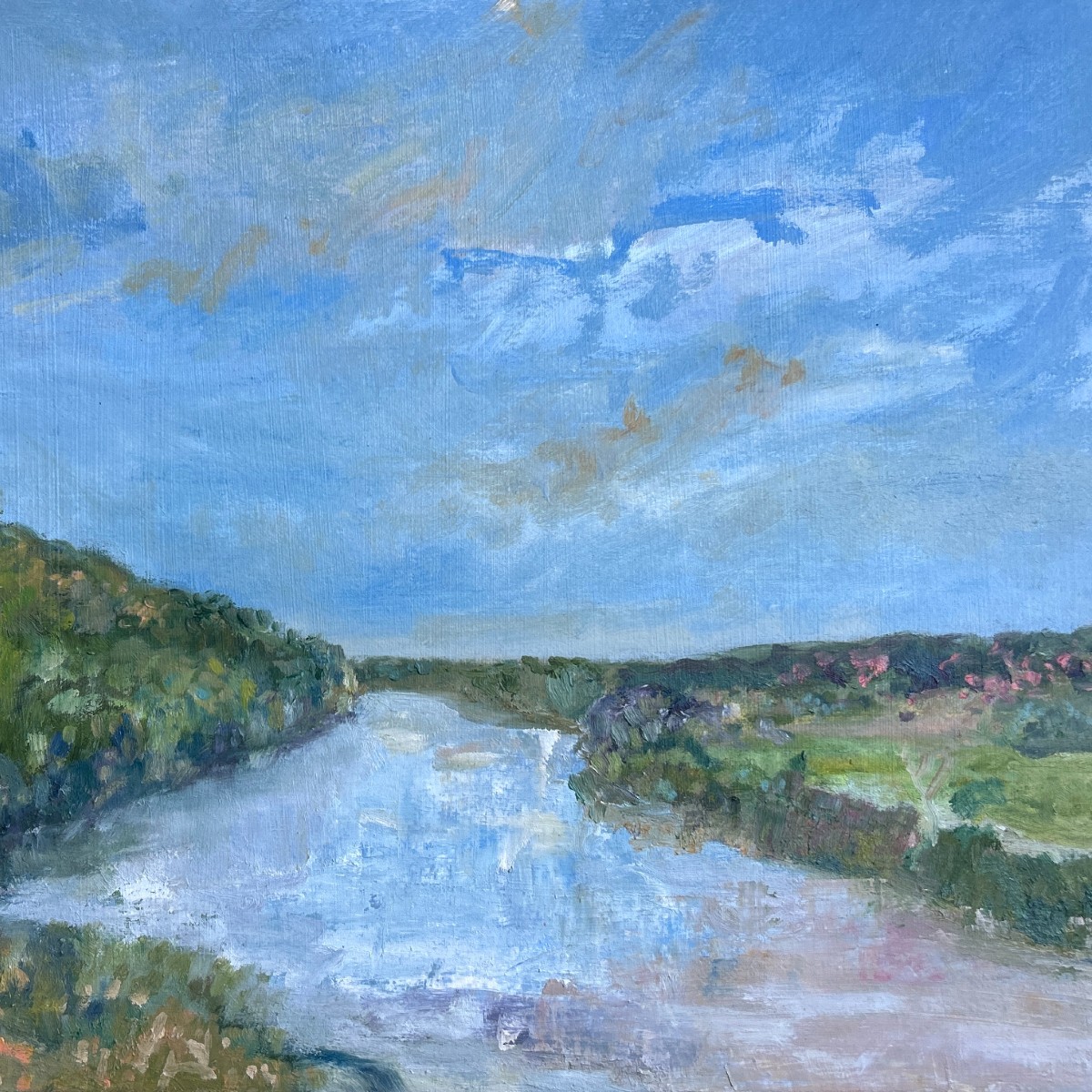
Kristen Arrayet
Kristen Arrayet loves being alive on this nurturing planet but abhors the greed causing its deterioration. When traveling to new areas, she often creates watercolor sketches and takes photographs. Beautiful landscapes can be awe-inspiring or restful, reminding us to be aware of the consequences of our actions. Sadly, people often feel powerless against big business and the indiscriminate destruction of resources.
Her artwork mostly springs from imagination, often based on memories or messages. When asked to do portraits, she enjoys the challenge of maintaining a tight focus on reproducing a likeness, appreciating the change of pace. Using oils or acrylics on canvas, her style is somewhat impressionistic. However, when using gouache on paper, the process becomes more measured and meditative, working in a slow, regular rhythm.
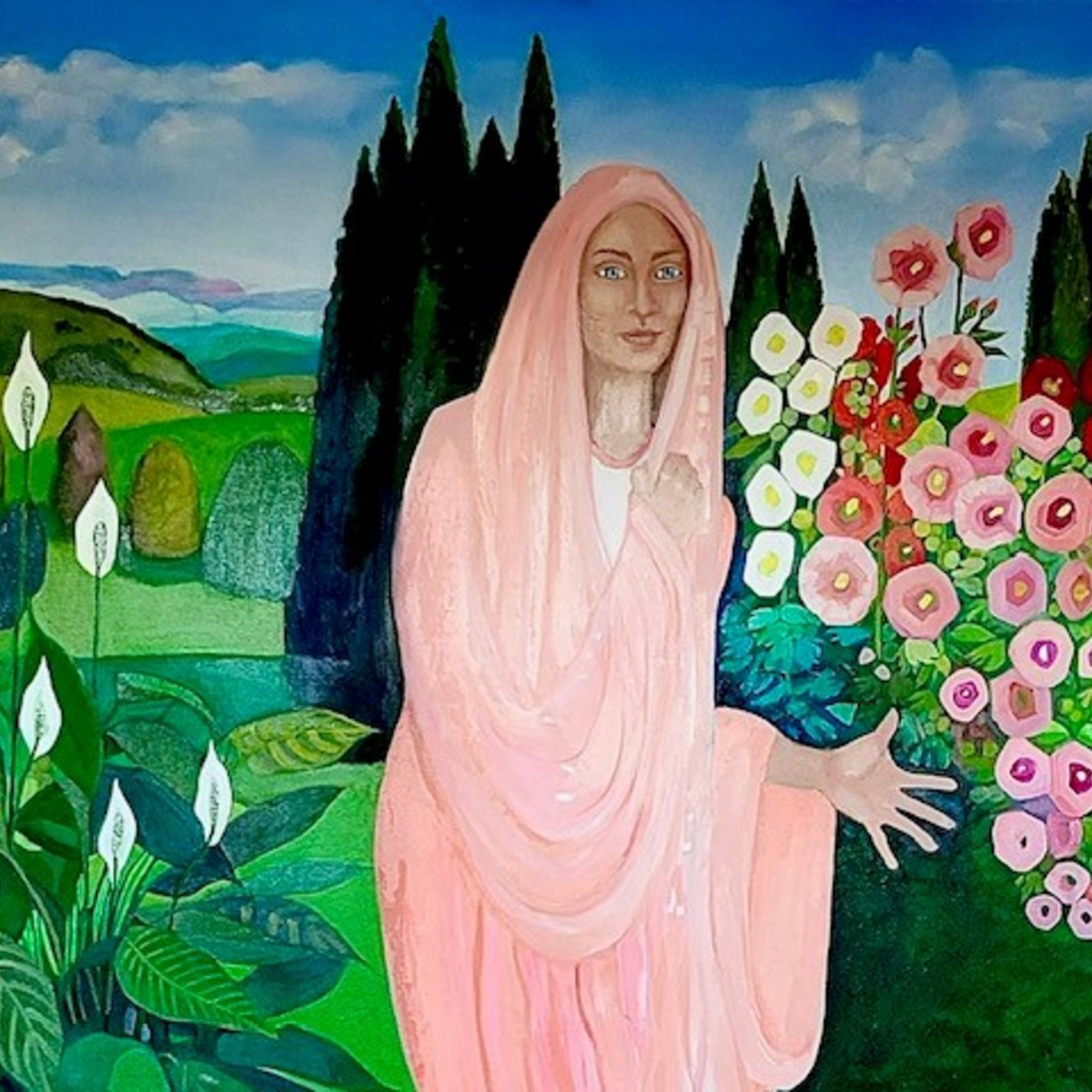
Naomi Crowther
Naomi Crowther's works included in What’s Past is Prologue explore the lessons we are learning from past mistreatment of our coastline’s marine biology, in particular the recent replanting and subsequent regrowth of seaweed along parts of the East Coast of Australia, in response to damage caused by ocean outfalls in the 1980s.
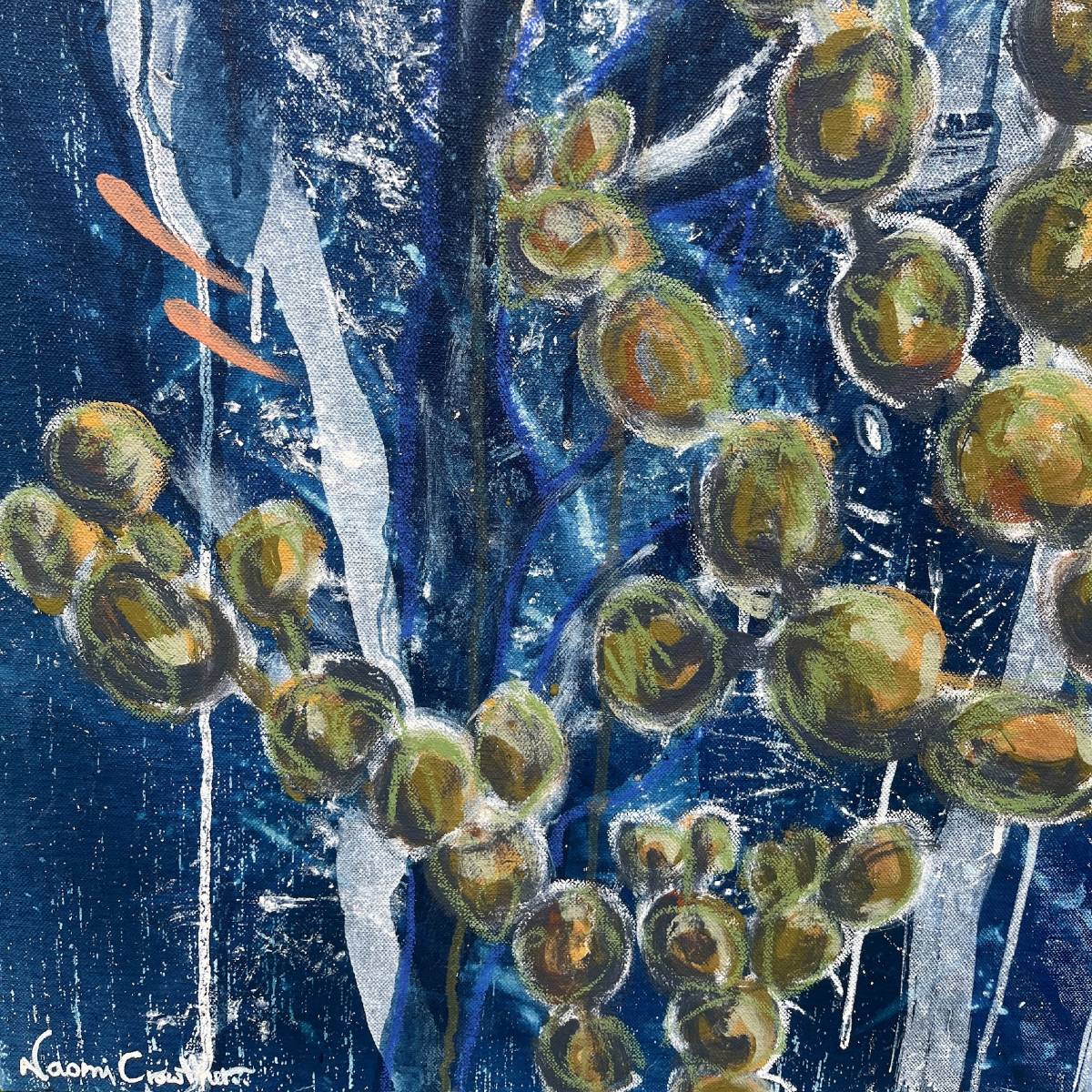
Purusha
Purusha, a lifetime artist, spent the 90s exhibiting in country towns like Armidale, Narrabri, Charleville, and Augathella. He then exhibited in Brisbane galleries for five years. While in Brisbane, he and printmaker Geoff Ginn started the Earthen Air Art Fair in Paddington, providing a platform for artists to exhibit and sell their work. In 1996, Purusha's family moved to Eurobodalla from Brisbane. Since then, he has participated in numerous local exhibitions, opened his home studio gallery from 2005 to 2015, and, along with his wife Ruth, has owned and operated Sydney St Gallery in Mogo for the past ten years.

Sid Palazzi
Sid Palazzi's interest in Central Australia was rekindled in 2007 when he traveled to Ruby Gap National Park with about 20 artists to camp and draw the magnificent Hale River landscape—red cliffs, waterholes, ghost gums, and desert oak. He was hooked. Over the next decade, Sid returned to Alice Springs on artists’ trips, building a portfolio of drawings and photographs that still inform his outback paintings.
Sid aims to replicate the midday sun with its jet-black shadows, brilliant whites, and gem-like colors, attesting to the harshness yet vulnerability of this quintessentially Australian landscape. He paints on horizontal board using thinned, semitransparent acrylic paint to encourage the flow and mix, continuing the feel of this beautiful desert landscape.
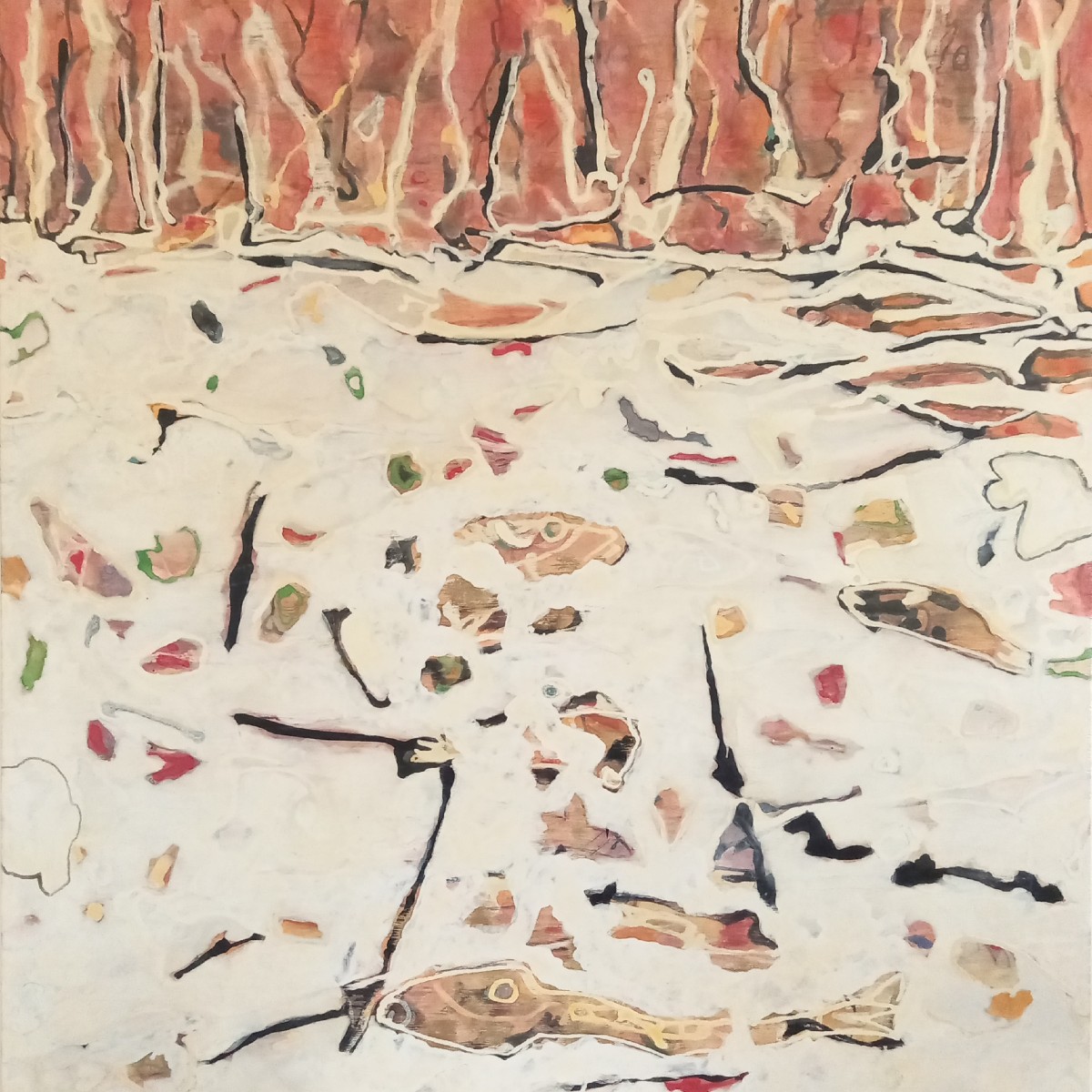
Stuart Whitelaw
Living near the ocean for the past 25 years in Bingie, almost surrounded by seawater, has given Stuart a deep respect for this environment and an awareness of its fragility. He observes that nearby Moruya, situated on a fertile floodplain next to a tidal river, has a complex relationship with its setting - the town depends on the river for trade and appreciates the fertile soils it deposits yet fears its destructive power.
In his works, Stuart aims not just to create landscapes but to distill the essence of place, reflecting both the coastal environment where he lives and the town's relationship with the river.
